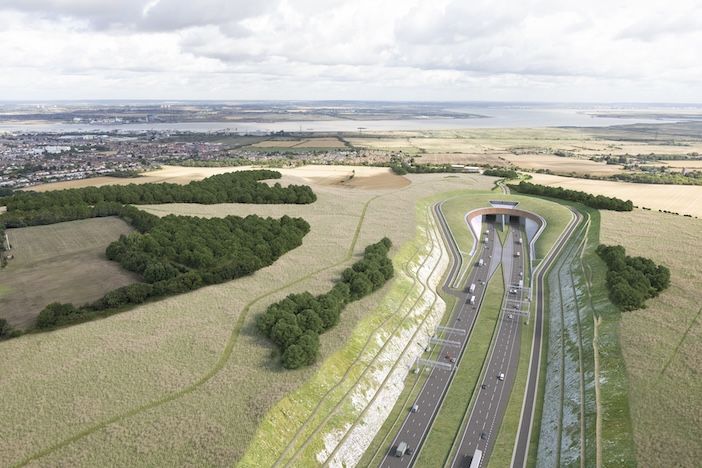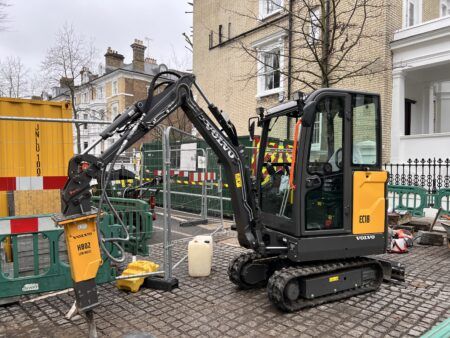The team behind National Highways’ Lower Thames Crossing – the new road tunnel being planned under the River Thames, east of London – has revealed a new target to reduce its construction carbon emissions by 70% compared to its original estimates.
The road, which was already expected to be the greenest ever built in the UK, has been able to issue the new improved target thanks to commitment from delivery partners and suppliers.
The even-greater than anticipated carbon reduction is outlined in project’s second annual sustainability report, which details the legacy the project aims to leave for the local community, environment, and the UK’s construction industry.
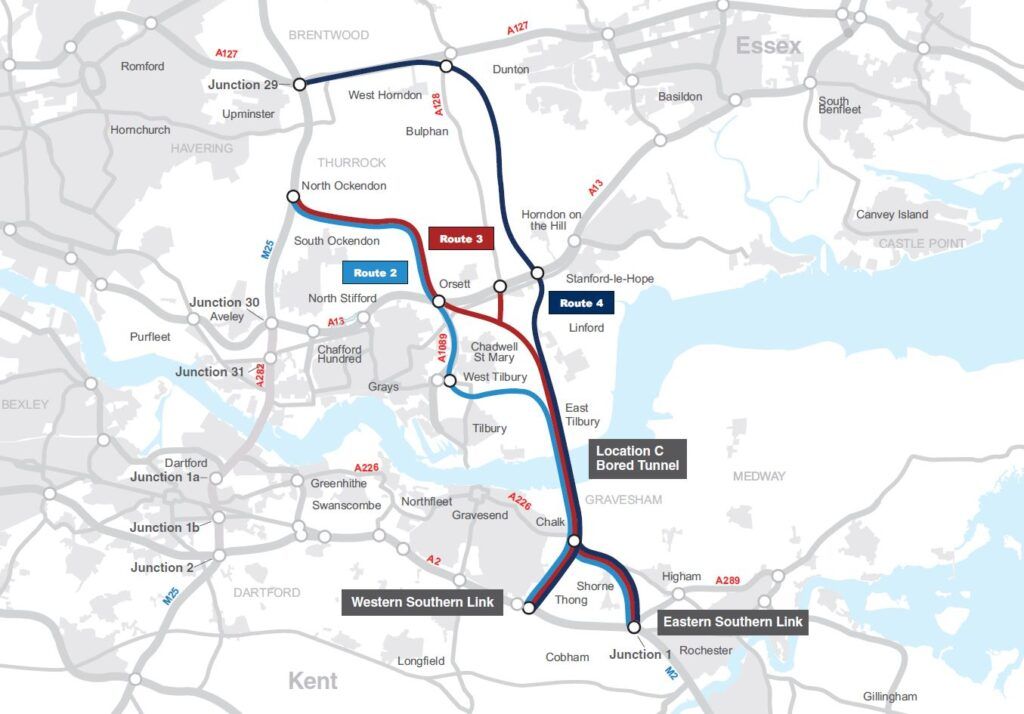
The Lower Thames Crossing is a proposed new road and tunnel under the Thames designed to tackle congestion and unlock economic growth by almost doubling road capacity across the Thames east of London and creating a reliable route that better links the north and the midlands with the ports of the south-east.
The project is a carbon pathfinder project that is aiming to set new standards for building infrastructure by pioneering and scaling up approaches to low-carbon construction. By working closely with its three delivery partners and supply chain the project has halved its predicted construction carbon footprint, and it became the first major project in the UK to make it a legally binding limit when it submitted it in its application for Development Consent in October 2022.
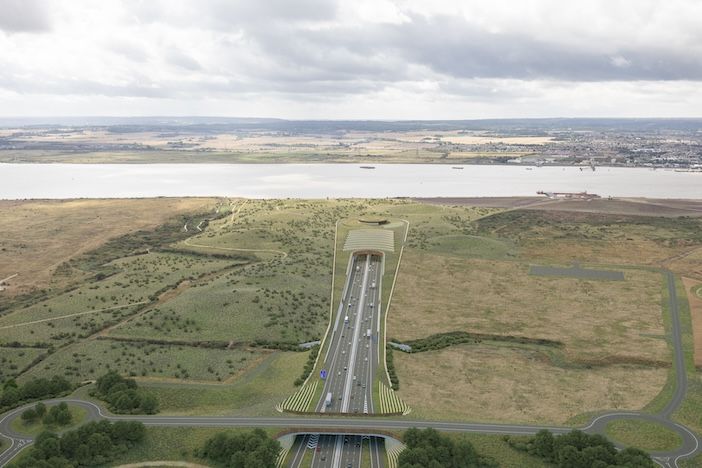
“The Lower Thames Crossing will not only tackle congestion and unlock economic growth in the UK, with our partners and suppliers we will create a new blueprint for how we build low-carbon infrastructure and leave a legacy of jobs, skills and green spaces for the local community,” says Katharina Ferguson, supply chain development director for the Lower Thames Crossing. “With millions invested in local projects and a new community woodland at Hole Farm on track to open next year, we’re already making a difference, well before work on the new road gets underway.”
The project has now identified ways to potentially reduce that footprint further, and has set itself an ambitious new target of less than 840,000 tonnes in total – a cut of around 70% against its original prediction. This would be achieved by taking a forensic approach to reducing carbon as the design of the new road is refined, and committing to only using low-carbon steel and concrete.
It also includes removing all diesel from its construction sites by 2027, by accelerating the large-scale use of electric vehicles and plant, and using hydrogen to power its heavy construction machinery – a first for a major project in the UK. The award of the contract for the supply of hydrogen is expected to take place later this year.
The project is also in the final stages of running a low-carbon footbridge contest to find a sustainable design for a bridge over the A127, which could also be used across the wider road network.
The plans to make the Lower Thames Crossing the greenest road ever built in the UK include building a tunnel rather than a bridge to avoid protected wetlands and marshes, and seven green bridges that would provide safe crossing points for people and wildlife.
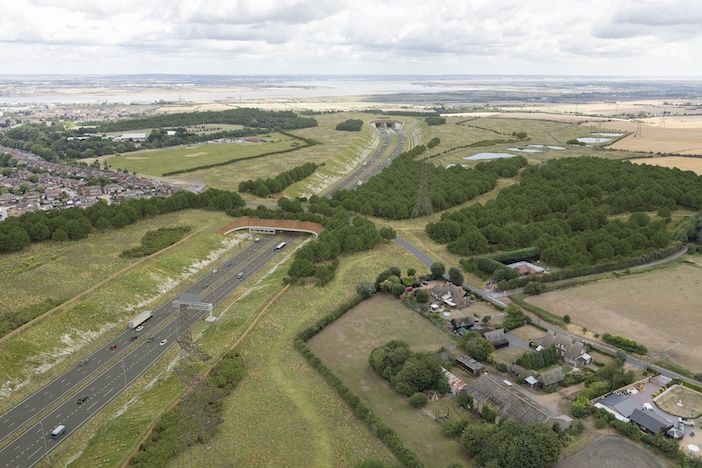
The project is planting at least 1 million additional trees, creating a new community woodland at Hole Farm and new public parks in Thurrock and Gravesham. The project will also promote active travel by creating or improving almost 40 miles of pathways for walkers, cyclists and horse riders, 3 miles of path for every mile of road.
Subject to planning permission and funding, construction is expected to take six-years. The Secretary of State for Transport recently announced that the deadline for a decision on the Lower Thames Crossing’s planning application has been extended to May 23, 2025.


